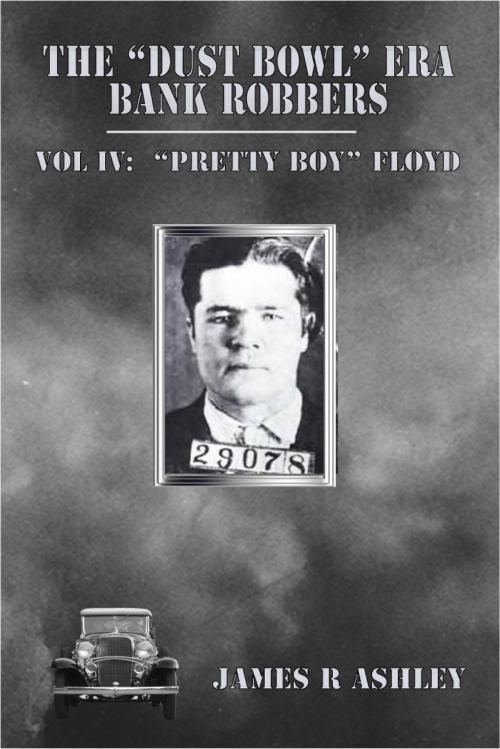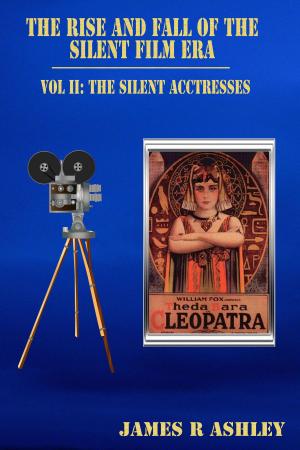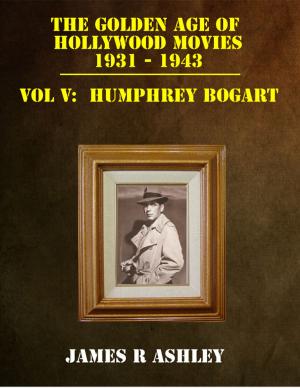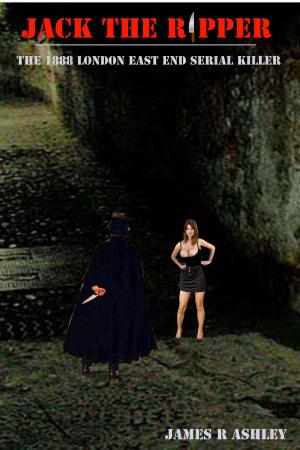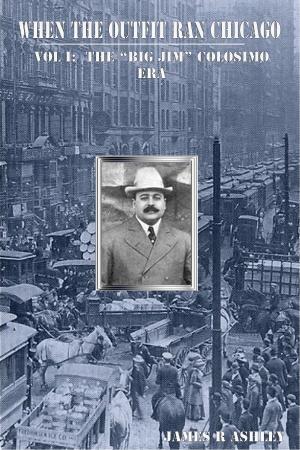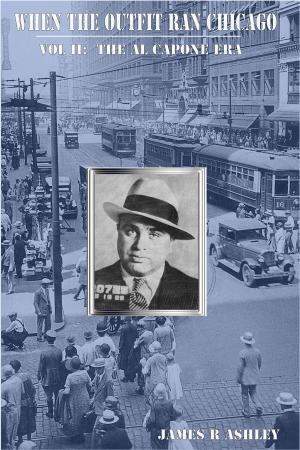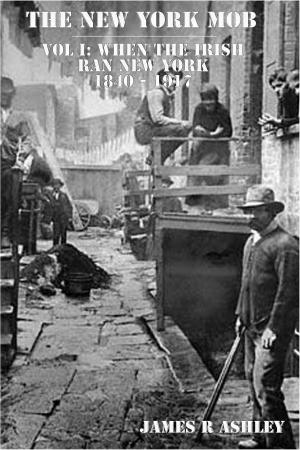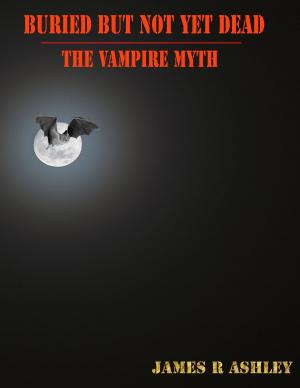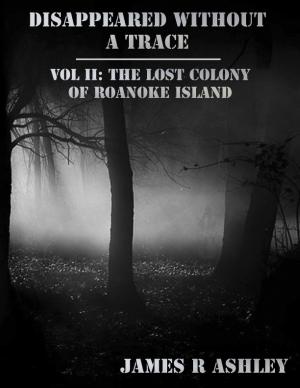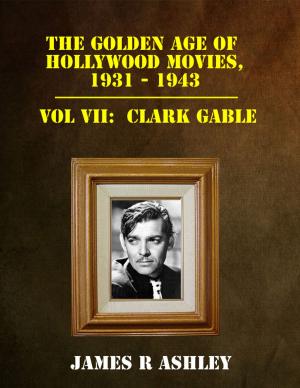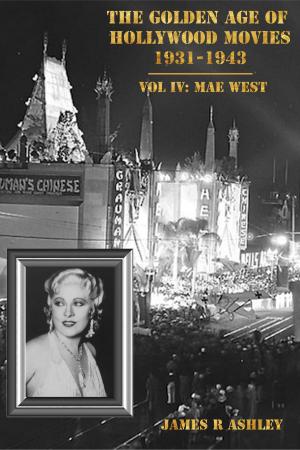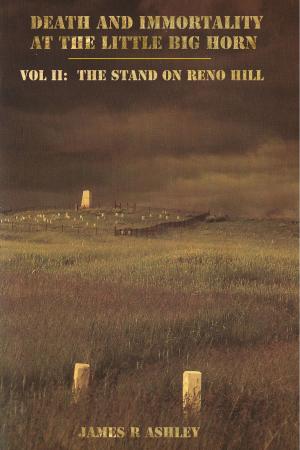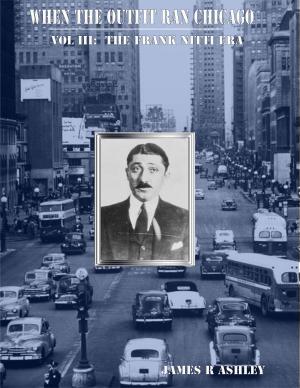| Author: | James R Ashley | ISBN: | 9781301404339 |
| Publisher: | James R Ashley | Publication: | July 14, 2013 |
| Imprint: | Smashwords Edition | Language: | English |
| Author: | James R Ashley |
| ISBN: | 9781301404339 |
| Publisher: | James R Ashley |
| Publication: | July 14, 2013 |
| Imprint: | Smashwords Edition |
| Language: | English |
The “Dust Bowl” of the early 1930s spawned the era of the Mid-West bank robbers. Gangs led by Bonnie & Clyde, John Dillinger, “Pretty Boy” Floyd, and “Baby Face” Nelson became the stuff of American legend. None of them was spectacularly successful at bank robbing and all of them came to bad ends, being shot down in the end by the law. They all, however, caught the public imagination and became the anti-hero’s of their day. This was the era of the Great Depression where the banks were perceived of being greedy and heartless despoilers, grinding the common people down for their own profit. The “Dust Bowl” era bank robbers personified the anti-hero who gave the banks a taste of their own medicine and the public could not get enough of it. When Bonnie & Clyde shot it out with the law and John Dillinger broke out of jail, the public followed their every move with the greatest of interest, as many of them would have secretly have liked to have done the same thing, had they the nerve for it. As it was, they glamorized these bandits and made them bigger than life, because that’s what the public wanted to believe about them. Painting the town red every night at the best restaurants and nightclubs, always on the arm of beautiful women, leading a life of danger and excitement at every turn, and engaging in submachine gun fights with the law “at the drop of a hat” was the life people dreamed these bandits led.
“Pretty Boy” Floyd was primarily a small-time Oklahoma bank robber. Between 1931 and 1932 he was said to have committed about half the bank robberies in that state. In fact, in the smaller towns, which were frequently the target of Floyd’s robberies, the robbery insurance went up to $10 per each $1,000 in deposits. Things got so bad for the bankers that they demanded the state’s governor call out the national guard to hunt Floyd down. However, despite all this concern, Floyd’s typical bank robbery rarely resulted in a loss of more than a few thousand dollars and considering that he usually had to split it up 3 or 4 ways, he was lucky if he got $1,000 per robbery and frequently it was much less. Much like Bonnie & Clyde, Floyd only got enough money to get by day-to-day on.
Although Floyd may have robbed as many as 60 banks during his short career, he had not benefited much financially from it. He had no plans to escape somewhere to live a life of ease off the money he had stolen. Not only did his pente-anti stickups did not allow him to do this, but he basically remained a home-town boy who usually chose to commit his robberies within easy driving distance of the area he grew up in, the Cookston Mountain, where he could always take shelter among friends and family. All this changed, however, after his alleged participation in the Kansas City Massacre. This was seen as equivalent of the 1929 St Valentine’s Day Massacre in Chicago, but with an important difference; the victims in Chicago were gangsters, those in Kansas City were law enforcement officers. As in Chicago with Al Capone, public outrage finally boiled over and the FBI was finally empowered with the jurisdictional tools it had long been withheld from them. This spelled the end of Floyd and the other “Dust Bowl” era bank robbers, for now the FBI had the authority and means to run them down and when they did, thanks to the craven Hoover, they were usually shot down without being given a chance to surrender. This was done in a feeble attempt to erase the shame the FBI had endured through his incompetent leadership of it. What it did, however, was to make martyrs out of the “Dust Bowl” era bank robbers and enshrine them in a nostalgic myth that they did not deserve. It all but ensured that they were remembered as counter-culture anti-heroes who battled greedy banks and corrupt police forces, both of which oppressed the country’s normal working man.
The “Dust Bowl” of the early 1930s spawned the era of the Mid-West bank robbers. Gangs led by Bonnie & Clyde, John Dillinger, “Pretty Boy” Floyd, and “Baby Face” Nelson became the stuff of American legend. None of them was spectacularly successful at bank robbing and all of them came to bad ends, being shot down in the end by the law. They all, however, caught the public imagination and became the anti-hero’s of their day. This was the era of the Great Depression where the banks were perceived of being greedy and heartless despoilers, grinding the common people down for their own profit. The “Dust Bowl” era bank robbers personified the anti-hero who gave the banks a taste of their own medicine and the public could not get enough of it. When Bonnie & Clyde shot it out with the law and John Dillinger broke out of jail, the public followed their every move with the greatest of interest, as many of them would have secretly have liked to have done the same thing, had they the nerve for it. As it was, they glamorized these bandits and made them bigger than life, because that’s what the public wanted to believe about them. Painting the town red every night at the best restaurants and nightclubs, always on the arm of beautiful women, leading a life of danger and excitement at every turn, and engaging in submachine gun fights with the law “at the drop of a hat” was the life people dreamed these bandits led.
“Pretty Boy” Floyd was primarily a small-time Oklahoma bank robber. Between 1931 and 1932 he was said to have committed about half the bank robberies in that state. In fact, in the smaller towns, which were frequently the target of Floyd’s robberies, the robbery insurance went up to $10 per each $1,000 in deposits. Things got so bad for the bankers that they demanded the state’s governor call out the national guard to hunt Floyd down. However, despite all this concern, Floyd’s typical bank robbery rarely resulted in a loss of more than a few thousand dollars and considering that he usually had to split it up 3 or 4 ways, he was lucky if he got $1,000 per robbery and frequently it was much less. Much like Bonnie & Clyde, Floyd only got enough money to get by day-to-day on.
Although Floyd may have robbed as many as 60 banks during his short career, he had not benefited much financially from it. He had no plans to escape somewhere to live a life of ease off the money he had stolen. Not only did his pente-anti stickups did not allow him to do this, but he basically remained a home-town boy who usually chose to commit his robberies within easy driving distance of the area he grew up in, the Cookston Mountain, where he could always take shelter among friends and family. All this changed, however, after his alleged participation in the Kansas City Massacre. This was seen as equivalent of the 1929 St Valentine’s Day Massacre in Chicago, but with an important difference; the victims in Chicago were gangsters, those in Kansas City were law enforcement officers. As in Chicago with Al Capone, public outrage finally boiled over and the FBI was finally empowered with the jurisdictional tools it had long been withheld from them. This spelled the end of Floyd and the other “Dust Bowl” era bank robbers, for now the FBI had the authority and means to run them down and when they did, thanks to the craven Hoover, they were usually shot down without being given a chance to surrender. This was done in a feeble attempt to erase the shame the FBI had endured through his incompetent leadership of it. What it did, however, was to make martyrs out of the “Dust Bowl” era bank robbers and enshrine them in a nostalgic myth that they did not deserve. It all but ensured that they were remembered as counter-culture anti-heroes who battled greedy banks and corrupt police forces, both of which oppressed the country’s normal working man.
